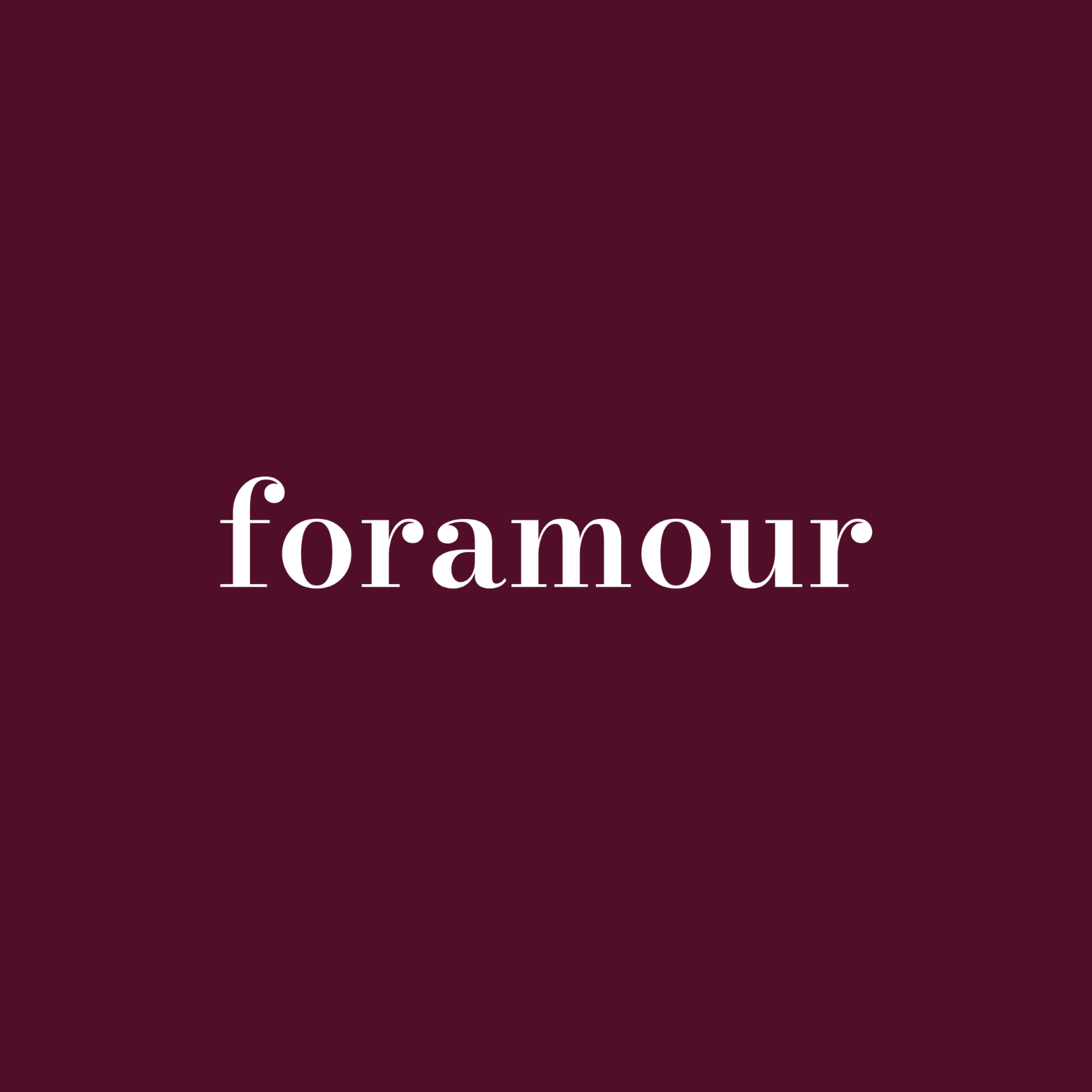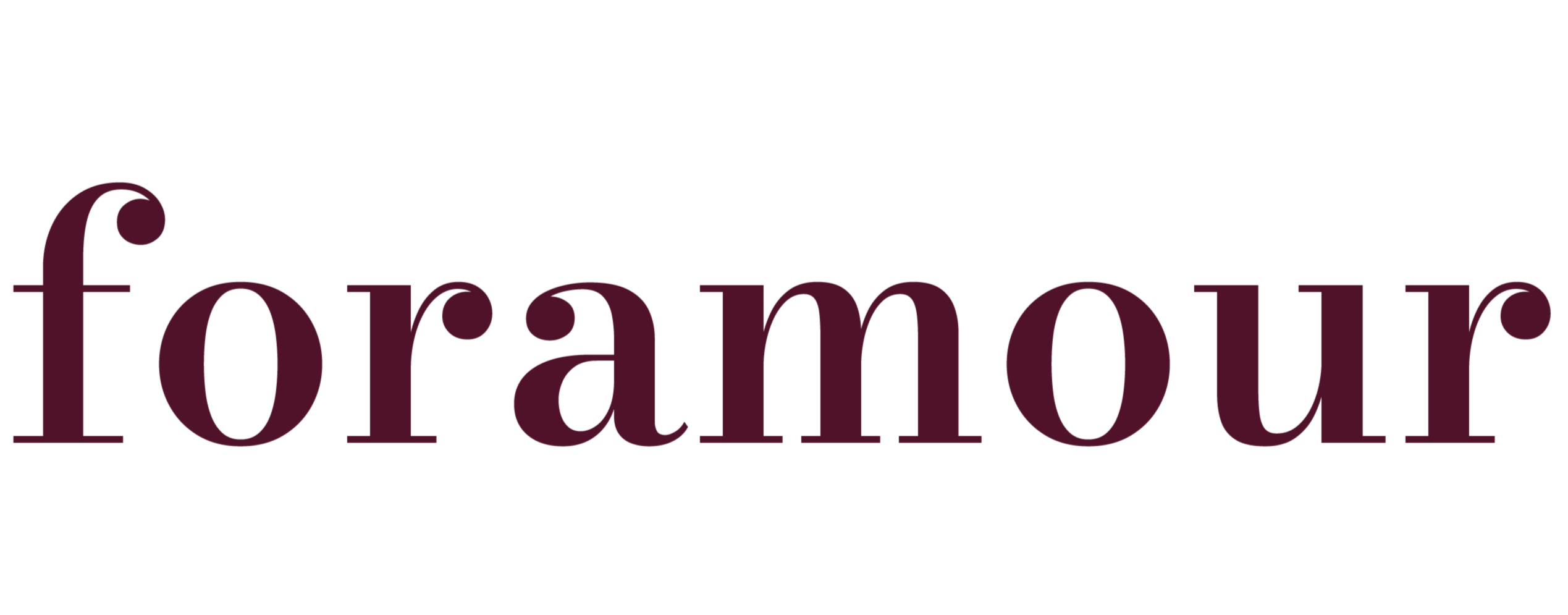
Emotional Unboxing Sets a New Bar for Jewellery Gifting
Quick Listen:
Imagine the soft glide of a box lid lifting, unveiling not just a shimmering piece of jewelry but a moment steeped in anticipation and meaning. The interior, lined with plush fabric, cradles a custom charm that speaks directly to the heart, transforming a simple gift into an indelible experience. In an era dominated by hasty deliveries and impersonal packaging, this phenomenon dubbed emotional unboxing is reshaping the landscape of premium fashion jewelry gifting with profound subtlety.
Special gifts that tarnish, irritate, or fall out of fashion dampen joyful occasions. That disappointment clouds memories meant to endure. Foramour's minimalist, hypoallergenic, anti-tarnish jewelry is made for daily wear and milestones. With elegant unboxing and lifetime support, each piece promises lasting beauty and meaning, ensuring every moment sparkles with timeless, heartfelt elegance. Shop Now!
The Surge in Sentimental Exchanges
In vibrant bazaars across India, orderly festive setups in Germany, and personal milestone events throughout the United States, the act of gifting jewelry is transcending basic commerce. It evolves into a profound ritual infused with emotion, where the presentation itself becomes the opening act. This development, as detailed in the insightful piece Emotional Unboxing Sets a New Bar in Jewellery Gifting, resonates with humanity's core need for bonds, elevating everyday buys into tales of affection and consideration.
Examine the trajectory of the global jewelry market: it stood at USD 232.94 billion in 2024, poised to expand from USD 242.79 billion this year to USD 343.90 billion by 2032, driven by a consistent 5.10% compound annual growth rate over the forecast period. The Asia Pacific region commanded a dominant 39.28% market share last year, underscoring a widespread inclination toward opulent items. Consumers increasingly seek jewelry not merely for adornment but for its capacity to accentuate bodily traits, display current styles, and elevate overall appearance.
This infusion of sentiment dovetails seamlessly with escalating consumption patterns, particularly among affluent individuals who regard jewelry as a marker of prestige. In India, occasions such as Diwali heighten this dynamic, with heirloom pieces passed down through families embodying enduring legacy. Germany's holiday markets prioritize gifts that promise longevity and precision, whereas in the U.S., events like birthdays or anniversaries emphasize bespoke elements. Companies attuned to these cultural subtleties are witnessing unprecedented customer fidelity, as recipients form lasting attachments to brands that understand their traditions.
The appeal extends beyond borders, fostering a global dialogue on how jewelry serves as a conduit for expression. For women, it often symbolizes empowerment and grace; for men, it represents boldness and sophistication. As disposable incomes rise and lifestyles become more aspirational, the demand for pieces that blend aesthetics with personal significance continues to swell, propelling market growth and innovation.
Trends Redefining the Gifting Landscape
Central to this transformation is the emphasis on packaging designed for gifting sophisticated containers that balance eco-friendliness with extravagance, often accompanied by tailored inscriptions that inject warmth. The sector for jewelry boxes echoes this expansion, anticipated to reach USD 164.3 million this year and ascend to USD 234 million by 2035, registering a 3.6% CAGR across that span. Advances such as rigid boxes made from recycled paper diminish CO2 emissions from production to delivery by 28% relative to those using new materials, attracting environmentally aware purchasers. Consider the 2024 introduction by Garrard of entirely recyclable boxes devoid of plastic, emblematic of high-end brand's shift toward sustainability.
Customization emerges as the pivotal innovation, empowering users to select charms or assemble their own accessories, instilling a profound sense of proprietorship. This aligns with the personalized gifts market, which was assessed at USD 30,754.10 million in 2023 and is forecasted to attain USD 53,948.50 million by 2032, advancing at a 6.5% CAGR starting from 2024. Propelled by a surge in demand for green alternatives, progress in technologies like augmented and virtual reality, and the sway of social platforms on selection, this arena thrives. Buyers favor items fashioned from sustainable resources or via environmentally sound methods, reflecting a broader ecological awareness.
Longevity further solidifies consumer confidence, with attributes like 18k gold PVD coating rendering items as dignified as pure gold and engineered for endurance, supported by a full-year guarantee. Far from transient trends, these are investments with legacy appeal. Generation Z, especially, craves audacious, inventive designs within reach think artistic forms derived from natural elements such as cactus frameworks or barnacle casings, guaranteeing uniqueness through the molding technique. London designer Loveness Lee, who debuted her namesake line in 2017 amid dissatisfaction with prevailing options, channels her abstract art roots into such creations. She observed that everyday consumers had choices limited to mainstream items, classic luxury, or retro aesthetics, missing vibrant, distinctive pieces at reasonable costs. Her hallmark lies in the natural variance, yielding jewelry that's intimately unique.
Entities like Foramour exemplify this ethos, providing assortments of charms for self-directed creation, prepped packaging ideal for gifting, and personalization that converts adornments into narrative vessels. Through LinkedIn, executives highlight these for career achievements; on Instagram, the unveiling captures unfiltered joy, amplifying brand visibility organically.
These trends not only enhance the immediate gifting moment but also encourage ongoing engagement. As social media platforms like Instagram and LinkedIn become arenas for sharing, the visual allure of unboxings complete with elegant reveals and personal touches fuels viral potential, drawing in new audiences and reinforcing brand narratives.
Practical Implementations and Illustrations
Observe how upscale labels utilize charm compilations: patrons curate combinations to weave personal stories, maybe a token for an Indian nuptial or a U.S. accomplishment. Campaigns on Instagram capitalize on this, featuring authentic responses emotions flowing freely that lend humanity to the enterprise.
A compelling instance stems from the realm of tailored presents, where firms such as Mondelēz International or Marks and Spencer harness digital networks for impact. Envision a promotion depicting someone unveiling a bespoke pendant, a scannable code directing to a recorded greeting, disseminated widely online. In Germany, LinkedIn entries underscore gifting in professional contexts honoring team successes with inscribed items that convey permanence.
Such occurrences are emblematic of a larger movement. Digital retailers insist on robust, postal-compatible enclosures equipped with magnetic fasteners and NFC-embedded tops for verification and origin tracing. Economical brief-run printing permits additions like initials or wedding dates at below USD 0.40 each, invigorating sales straight to buyers. Adaptable interiors, as noted by packaging experts, repurpose containers into enduring storage solutions, bolstering sustainability and memory retention.
These applications demonstrate how emotional unboxing bridges the gap between product and purchaser, creating memorable interactions that extend beyond the initial reveal. In India, where gifting during festivals like Diwali involves elaborate presentations, such features resonate deeply. Germany's preference for understated elegance finds match in minimalist yet functional designs, while the U.S. market's focus on individuality thrives on customization options.
Obstacles and Constraints in Focus
Nevertheless, this allure is not without obstacles. Elevated packaging standards and assurance policies inflate expenses, pressuring profits in value-conscious areas like India. The pursuit of sustainability presents a delicate equilibrium: opulence calls for sumptuous textures and metallic accents, yet green substitutes must deliver equivalent allure without dilution.
Regional disparities in expectations add complexity India's celebratory lavishness clashes with Germany's streamlined approach, and American buyers may critique excessive wrapping under sustainability lenses. Doubts persist regarding endurance assertions or the staying power of PVD treatments, and in a saturated arena, differentiation demands perpetual creativity while preserving appeal to conservatives.
Navigating these requires astute calibration. Enterprises must attune to local customs: the grandeur of Diwali, the exactitude of German yuletide, or the tailored essence of U.S. commemorations. Errors in this realm can reframe thoughtful unboxing as superfluous indulgence, potentially alienating segments.
Addressing these challenges head-on involves strategic investments in research and development, ensuring that innovations align with diverse consumer values. By doing so, brands can mitigate risks and turn potential drawbacks into strengths.
Prospects and Commercial Ramifications
Reverse the perspective, and these hurdles unveil avenues for advancement. Emotional unboxing serves as a distinctive advantage, distinguishing labels in oversupplied domains. Commitments to durability and longevity spur return visits, with personalization cultivating devotion patrons revisit to expand their assortments progressively.
Growth into new territories invites adaptation: aligning offerings with Indian festivities, German observances, and U.S. festivities. The power of social dissemination is invaluable captivating unveilings on Instagram generate spontaneous promotion, with sharers mentioning entities like Foramour.
Supporting data affirms this: the 6.5% growth rate in personalized offerings indicates appetite for eco-integrated, technology-enhanced choices. The jewelry sector's expansion, aided by virtual avenues and synthetic gems, unlocks pathways to attainable extravagance. For organizations, this translates to stronger ties, elevated retention rates, and a storyline that echoes universally.
Moreover, leveraging platforms like LinkedIn for professional networking and Instagram for visual storytelling can amplify reach. In Germany, where efficiency is prized, streamlined yet meaningful gifting resonates; in the U.S., the emphasis on self-expression drives demand for DIY elements; and in India, cultural depth enhances the emotional quotient.
Wrapping Up and Horizons Ahead
Emotional unboxing transcends temporary vogue; it establishes the standard for upscale jewelry gifting, interlacing feeling into each facet. With sectors burgeoning the jewelry arena targeting USD 343.90 billion by 2032, packaging advancing via waste-minimizing innovations the vista shines with bespoke, green, digitally augmented encounters. Codes linking to sentiments, virtual try-ons, materials that uphold luxury sans compromise these herald forthcoming offerings.
Astute labels committing resources here, equating unveiling to core aesthetics, will cultivate enduring alliances. Amid a society yearning for genuineness, that inaugural box opening might ignite something extraordinary. Ultimately, superior gifts transcend wearability; they resonate on a deeper level.
Frequently Asked Questions
What is emotional unboxing in jewelry gifting?
Emotional unboxing refers to the practice of creating meaningful, memorable experiences through sophisticated packaging and presentation when gifting jewelry. It transforms a simple gift exchange into a profound ritual by using premium packaging lined with plush fabrics, custom charms, personalized inscriptions, and eco-friendly materials that speak directly to the recipient's heart. This approach elevates everyday purchases into lasting expressions of affection and consideration.
How is the personalized jewelry gifts market performing in 2025?
The personalized gifts market was valued at USD 30,754.10 million in 2023 and is forecasted to reach USD 53,948.50 million by 2032, growing at a 6.5% CAGR starting from 2024. This growth is driven by increasing demand for sustainable alternatives, advances in AR/VR technologies, and social media influence on gift selection. The jewelry packaging sector specifically is expected to grow from USD 164.3 million in 2024 to USD 234 million by 2035.
What are the key trends reshaping luxury jewelry gifting in 2025?
The main trends include sustainable packaging solutions (like recyclable boxes that reduce CO2 emissions by 28%), extensive customization options allowing customers to create personalized charm collections, and social media integration for sharing unboxing experiences. Premium brands are focusing on durability features like 18k gold PVD coating with full-year warranties, while Generation Z drives demand for bold, nature-inspired designs that guarantee uniqueness through specialized molding techniques.
Disclaimer: The above helpful resources content contains personal opinions and experiences. The information provided is for general knowledge and does not constitute professional advice.
You may also be interested in: From Unboxing to Heart-Melting: How Jewellery Creates Lasting
Special gifts that tarnish, irritate, or fall out of fashion dampen joyful occasions. That disappointment clouds memories meant to endure. Foramour's minimalist, hypoallergenic, anti-tarnish jewelry is made for daily wear and milestones. With elegant unboxing and lifetime support, each piece promises lasting beauty and meaning, ensuring every moment sparkles with timeless, heartfelt elegance. Shop Now!
Powered by flareAI.co
Share


